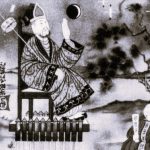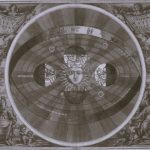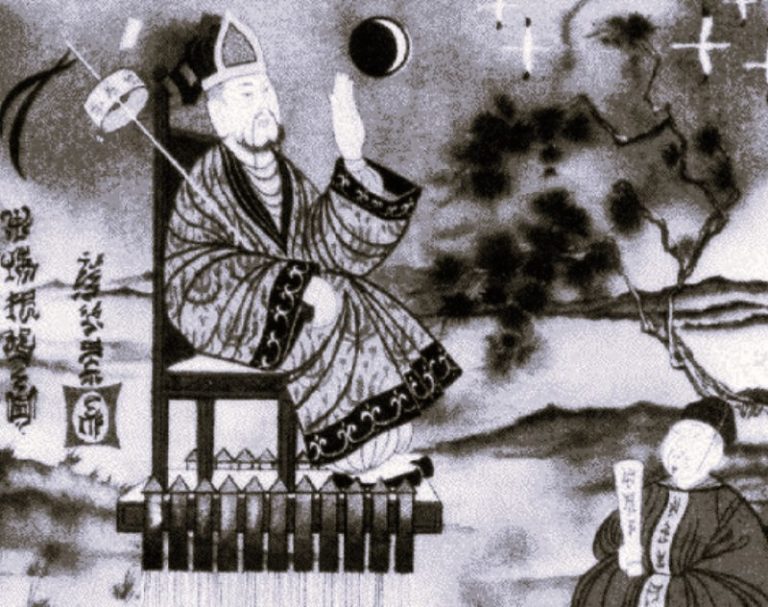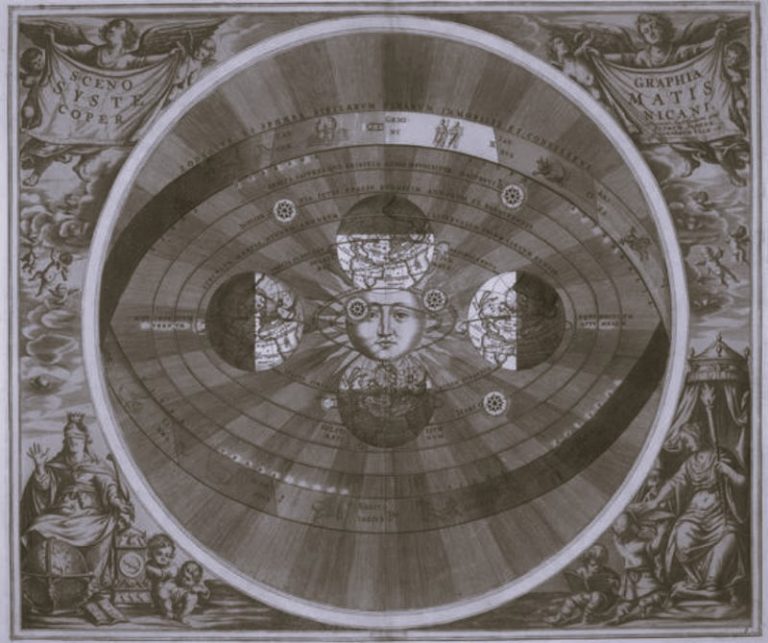

Examining mummies being CT scanned for use on an interactive autopsy table.

By Julia Nurse
Collections Researcher
Wellcome Library
On a chilly December morning in 2014, some casualties arrived at Royal Brompton Hospital in London. Nothing unusual in that, yet these (already deceased) individuals were no ordinary patients. Some of the mummies in our collection were there to be CT scanned.
In one case were the tiny remains of a mummified two-month-old baby boy from Egypt, believed to date from the period 1069–664 BCE. It had made its way to Europe in the 18th century. The other two mummies, both males, had travelled from deepest Peru around two centuries later.
All had been hand-picked from Henry Wellcome’s collection of “native curios” as examples of different types of mummification. The purpose of their outing in December was to have them scanned for use on an interactive autopsy table in Wellcome Collection’s Reading Room. The entire journey from store to hospital to table is revealed in the following film.
With the scanning room packed with Siemens technicians (makers of the CT dual-scanning technology), British Museum experts, hospital staff and the Wellcome production team, we watched in suspense as each body was unwrapped and placed inside the scanner.

First up was the Egyptian mummified body, which faintly rattled when lifted – a Victorian fake, we wondered? Gasps of relief resounded around the room as the data slowly emerged on the screen: “It’s a baby!” we exclaimed. The tiny fragments of skull that had dislodged, probably during mummification, were the culprits behind the alarming noise.

Bar the break to the infant’s fragile skull – possibly caused by the compression of the wrappings – the scans revealed it to be exceptionally well preserved. With infant mortality high in ancient Egypt, the lengthy and costly process of mummification was usually reserved for adults of high status, not babies, making this example all the rarer.

Even more well preserved was the male youth, hunched in the foetal position, on display in Medicine Man. His facial features bear all their original details. Interestingly, it turns out that this young man may not have died alone. According to the auction sale catalogue of 1924, when “H Stow” acquired them on behalf of Henry Wellcome, the male youth was sold as a pair with another similarly foetus-like mummified ‘female’ body: A 31656.
If we are to believe the dubious description in the auction catalogue, the South American pair were “trussed up and buried alive for eloping”. Allegedly, the bodies (believed to date from 1000–1470 CE) were from different tribes: the male is named as “Guimaral, 1st son of Mara, Chief of Maracaibo” (in modern day Venezuela). Having gained permission from his father to explore the surrounding country, he embarked on a “hazardous” journey eventually meeting the “beautiful” daughter of the “Chief of Cucutas”; their fate was sealed and they were preserved for eternity together. The florid text goes on to reveal that they were exhumed by “Telmo Rodriguez” in 1910 “from a cave on the Bucasius mountain 3,000 metres above sea level”.

Probably the only truth in this ‘Romeo and Juliet’ story – intended, presumably, to attract buyers – is the fact that they were buried up high, given their extremely good state of preservation. The dryness of a high-altitude environment would have stopped the process of decay in its tracks: the brain, lungs and diaphragm are all still visible in the young male (albeit shrivelled).
Given the exceptional condition of A 31655, much can be gleaned just from a closer look at his external appearance. But the scans reveal even more: his bone development indicates an age of 17 to 25 and his teeth were scoop-shaped, this ‘shovelling’ being a typical trait of indigenous South Americans. He was clearly of high status: the hole in his ear indicates that he wore earrings, and beaded decorations are still present on his wrists and ankles.

The scanned dental and bone data of the human remains within the basket reveal a boy about 11 years old, dating to between 1400 and 1800 CE. Care and attention appears to have been given to the body, with holes left in the basket to allow the face, knees and feet to be visible. Quite why this was done remains a mystery, though it is a practice known from other examples.
The top knot of the basket had a clearer purpose, according to Simon Hillson, Professor of Bio-Archaeology at University College London: this knot provided a useful means of transporting and lowering the body into a grave-pit. However, the sight of fabric stuffed inside the abdominal cavity provoked the most interest. The presence of the organs would have quickened the decay process so they were often removed; only the brain appears to have been left. To avoid the abdomen collapsing in on itself in death, the empty torso cavity was filled to support the body.

Did scanning these human remains reveal much more to us? In most burial cases, whether wrapped, dried or ‘bundled’, each individual would have entered the afterlife accompanied by the trappings of life: pots, jewellery and, sometimes, food. Without this crucial evidence, the bodies are robbed of their cultural contexts, a tragic loss for archaeologists today.
By piecing back together the stories of these human bodies from what we have gleaned from the scans, we are at least giving back some of the dignity stripped from them when they were removed from their original places of rest. Only DNA analysis of the bodies can firm up their dates and cultural contexts; that would mean another visit to hospital, a trip I would more than happily make again.
Originally published by Wellcome Library, 07.28.2015, under the terms of Creative Commons Attribution 4.0 International license.






